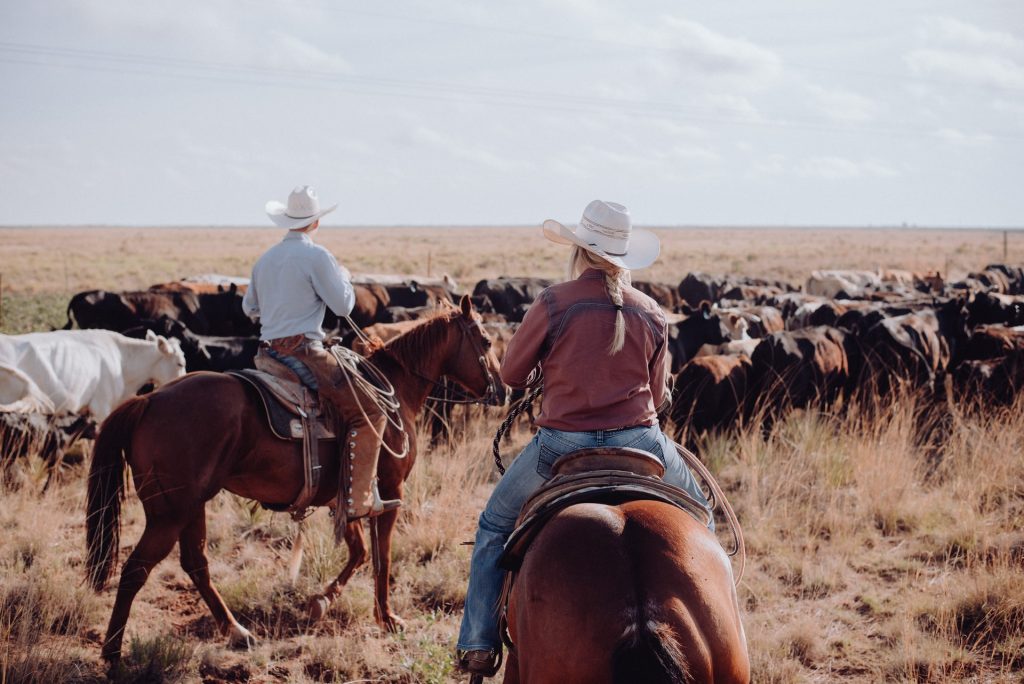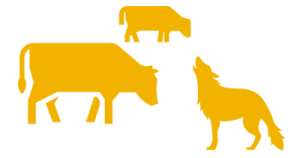About
Motivation
As environmental changes intensify around the world, both humans and wildlife face greater uncertainty and risk, threatening both human livelihoods and wildlife biodiversity. This research seeks to understand how multiple sources of stress impact humans, free-ranging livestock, and wildlife in shared rangelands in the western U.S. Increasingly frequent and more severe droughts make forage plants for wild herbivores and cattle less predictable and abundant, even as the return of gray wolves to parts of the landscape increases predation risk. As a result, wildlife such as deer and elk, as well as free-ranging livestock, may be forced to trade off food and security, and ranchers grazing their cattle on public land may face more uncertainty.

Objectives
This research will assess…

How drought and wolves affect wild herbivores and free-ranging cattle distributions across the landscape

How decision-makers respond to drought and wolves

How food web conditions and stakeholder wildlife values impact broad-scale patterns of wildlife management

Outcomes
Outcomes of this project include a better understanding of how climate and carnivore risks affect human decision-making, as well as how humans impact rangeland food webs via cattle stocking and wildlife removal, potentially leading to increased opportunities for coexistence between humans and wildlife in changing environments.